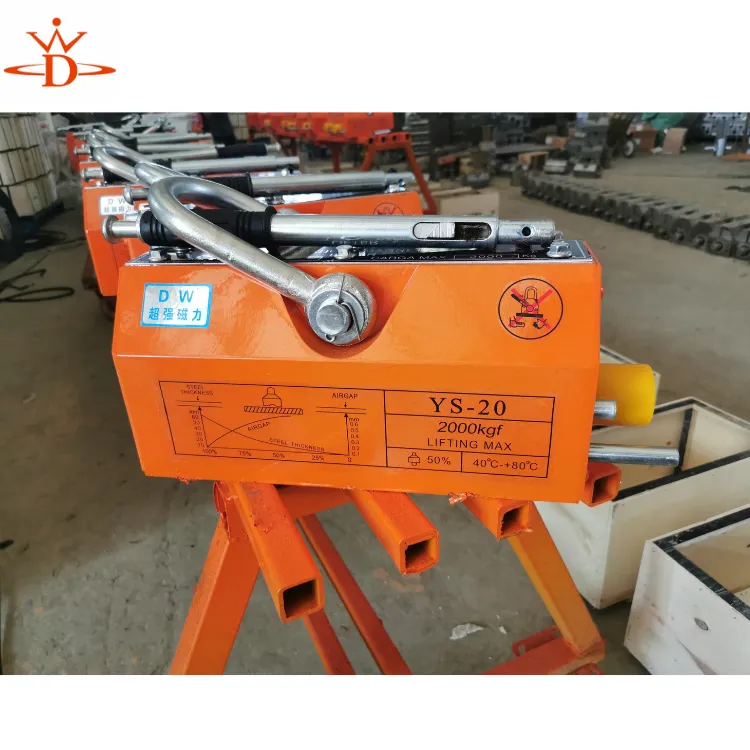heavy load skates
Heavy Load Skates Revolutionizing Transportation and Logistics
In an era where efficiency and productivity are paramount, heavy load skates have emerged as a significant innovation in the fields of transportation and logistics. These specialized devices, designed to move excessively heavy items with relative ease, are changing the way industries handle large and cumbersome loads. From manufacturing plants to construction sites, heavy load skates offer numerous advantages that enhance operational efficiency and safety.
Heavy load skates, often referred to as skidding systems or skate systems, consist of a set of wheeled platforms that allow heavy objects to be maneuvered with minimal effort. The basic principle behind these skates is simple yet effective by spreading the weight of the load over a larger surface area, the friction encountered during movement is significantly reduced. This enables a smaller workforce to transport heavy equipment and materials without the need for complex machinery like cranes or forklifts.
One of the most significant benefits of heavy load skates is their versatility. They can be used in various industries, including manufacturing, aviation, shipbuilding, and construction. For instance, in manufacturing plants, heavy machinery can be repositioned on the factory floor with ease, allowing for more efficient space utilization and workflow optimization. Similarly, in shipyards, skates enable the movement of enormous ship components, reducing the time and labor required for assembly and repair.
Safety is another critical advantage of using heavy load skates. Traditional methods of moving heavy items often involve manual lifting or the use of cumbersome machinery, both of which can increase the risk of accidents and injuries. Heavy load skates reduce these risks by allowing for the controlled movement of heavy objects. Workers can move loads using a simple push or pull motion, significantly decreasing the likelihood of strain or injury. Furthermore, skates are often equipped with safety features, such as brakes or locking mechanisms, ensuring that the load remains stable while being transported.
heavy load skates

The economic implications of heavy load skates are also noteworthy. By improving the efficiency of heavy item handling, companies can save on labor costs and reduce downtime. The swift and safe transport of equipment means that projects can stay on schedule, ultimately leading to higher productivity and profitability. Additionally, the flexibility of heavy load skates allows businesses to allocate their resources more effectively, focusing on core operations rather than being bogged down by logistical challenges.
In recent years, technological advancements have further enhanced the functionality of heavy load skates. Modern skates are often equipped with specialized wheels that can navigate uneven surfaces, and some are designed to be electrically powered, allowing for automated movement. This innovation not only increases efficiency but also minimizes the physical strain on workers.
As industries continue to evolve and demand for efficient logistics solutions grows, the role of heavy load skates will likely expand. Companies across various sectors will increasingly recognize the need for tools that enhance productivity while ensuring safety. Heavy load skates represent a step forward in this regard, offering an effective solution to one of the longstanding challenges in material handling.
In conclusion, heavy load skates are transforming the way heavy items are moved across various industries. Their ability to enhance efficiency, ensure safety, and reduce costs makes them an invaluable asset in today's fast-paced work environment. As technological advancements pave the way for even more sophisticated designs, the future of heavy load skates looks bright, promising further innovations that will continue to drive improvement in transportation and logistics.
-
Unlock Seamless Relocation with Our Heavy Equipment Moving ExpertiseNewsJun.06,2025
-
Unleash Unrivaled Flexibility with Our Adjustable Gantry CraneNewsJun.06,2025
-
Unleash Heavy-Duty Efficiency with Our Industrial Gantry Crane SolutionsNewsJun.06,2025
-
Revolutionize Steel Handling with Our Magnetic Lifter RangeNewsJun.06,2025
-
Master Equipment Mobility with Premium Machinery Mover SolutionsNewsJun.06,2025
-
Elevate Your Material Handling with Magnetic Lifter TechnologyNewsJun.06,2025
-
YS Permanent Lifting Magnets: The Smarter Way to Handle SteelNewsMay.22,2025
